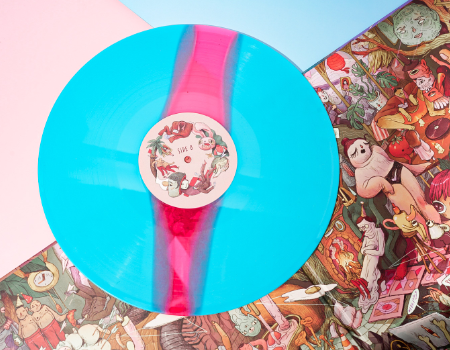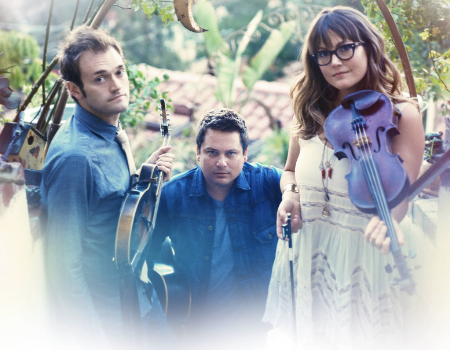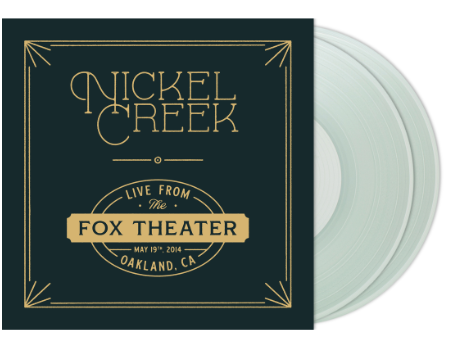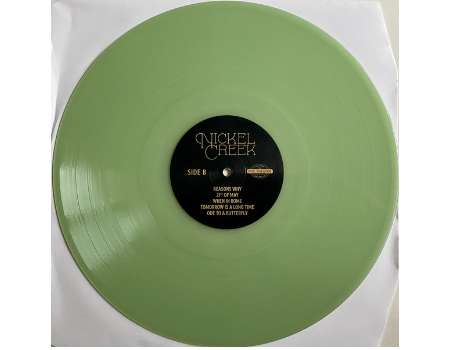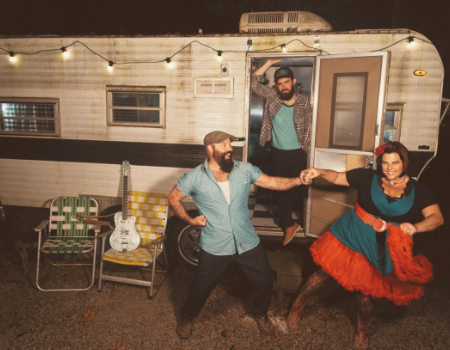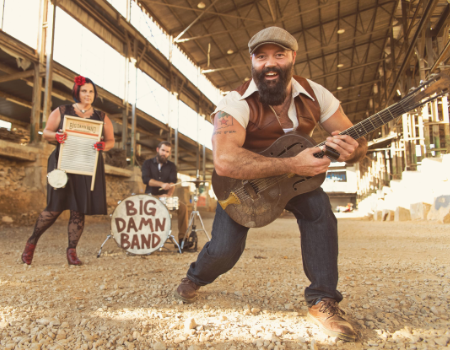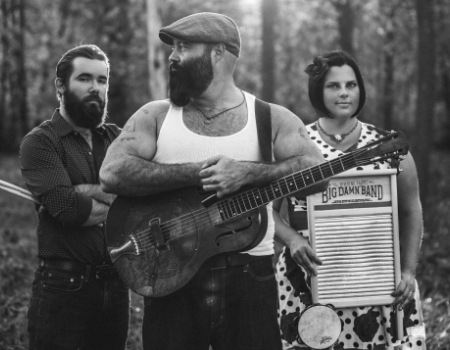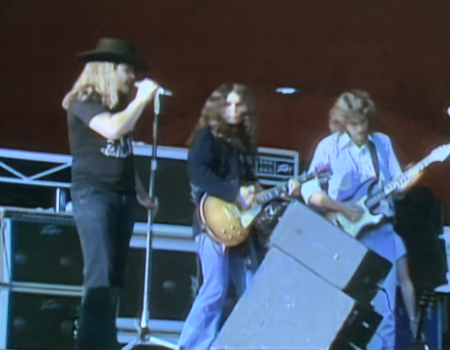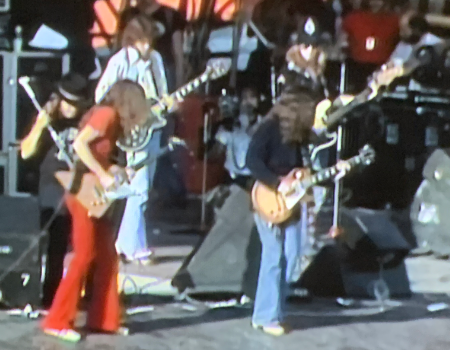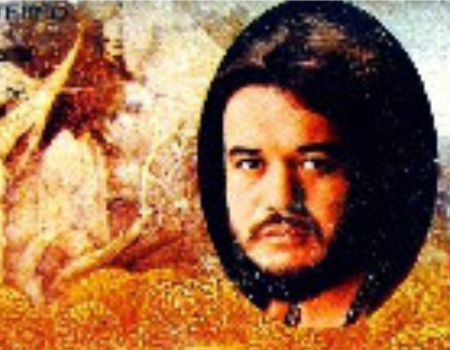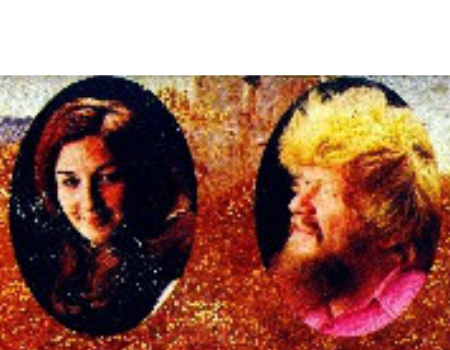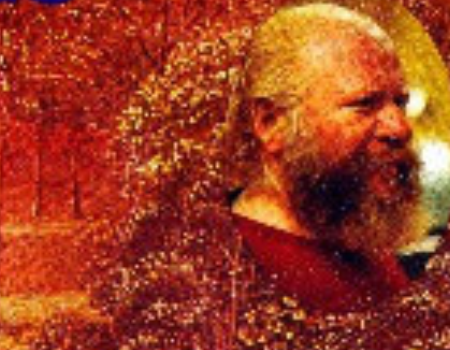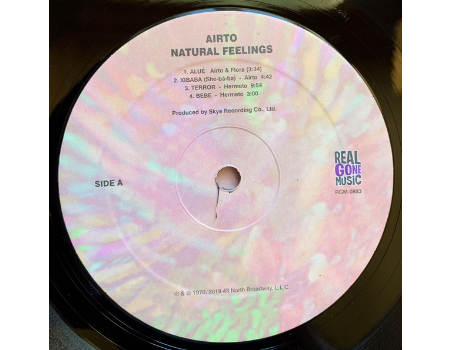I have been listening to Brian Eno’s music for a long long time now, first getting into his music in the late ‘70s when vinyl was pretty much the only avenue for good sound quality. Cassettes were happening then, of course, but for the most part pre-recorded magnetic tape editions were ultimately inferior sounding to LPs.
Eno’s first four albums were more or less rock recordings so they generally fared well on vinyl. As I got deeper into his music, particularly digging into his ambient releases, I soon found there were potential sonic issues because of the limitations of the medium at the time.
Vinyl quality was suffering at the time due to the oil crisis in the late 1970s and by the early 1980s; many labels were challenged and cutting corners, so quality controls suffered.
Thus an ambient leaning recording with long held notes and quiet passages could easily be ruined by surface noise and — most annoying to me — off center pressings.
I started seeking out imported pressings which were more expensive and elusive at the time. Right around that time, the CD happened and suddenly one of my main concerns became a moot issue, so I started getting Eno’s music on primarily on that platform.
I think the last one I had on vinyl was a promo copy of Music For Films (not the super rare one) and it was disappointing at the time.
So I didn’t look back really considering Eno’s music on vinyl much until the recent Abbey Road half speed mastered editions (some of which I’ve reviewed here and here and here). When I learned that a new collection of Brian Eno Film Music 1976 – 2020was coming out on vinyl, I was compelled to check it out.
The pressing is on thick, dark, black vinyl that is dead quiet and the pressings are perfect. Given that these are recordings made over a 40-plus year period, there is a remarkable level of consistency from track to track, some likely made digitally and others in the analogue domain.
So kudos again to Abbey Road mastering engineer Miles Showell for paying attention to those “little details” which matter and are actually a very big deal.
Perhaps part of why Brian Eno Film Music 1976 – 2020 also works so well as a vinyl listening experience is that it is a combination of ambient musics and themes as well as vocal-driven pieces. So as an album listening experience it never gets remotely monotonous or same-y. It also saves you from having to buy all those individual soundtracks!
Some of these tracks I never owned before, such as “Under” from the Cool World soundtrack and his beautiful and plaintive country-western-flavored cover of William Bell’s soul hit “You Don’t Miss Your Water” from Married To The Mob. And now you don’t have to own the Dune soundtrack just to get one Eno track there, “Prophecy Theme” (the rest of the original album is by Toto actually!).
This has been a very happy listening experience for me as the music sounds rich and full. And it brings us up to date with pulsing gems like “Reasonable Question” from last year’s We Are As Gods a film I hope to see about former Merry Prankster and influential environmentalist Stewart Brand and his Whole Earth Catalog.
Brian Eno Film Music 1976 – 2020 features seven previously unreleased tracks.
So, for example, I noticed that “Late Evening In Jersey” from 1995’s Heat was not listed on the original soundtrack. It is a lovely track that sounds especially good with its very natural sounding acoustic cymbal and snare drum work dancing above a haunting organ, synthesizer pulses and very ambient low bass booms.
Audiophiles note: possible demo disc material here.
Going back to the question I posed in the headline above, I think the answer is a resounding: yes, you do need this one on vinyl. Whether you are an established fan or new to his music, Brian Eno Film Music 1976 – 2020 is a great overview that works as a fine listening experience in its own right.
















